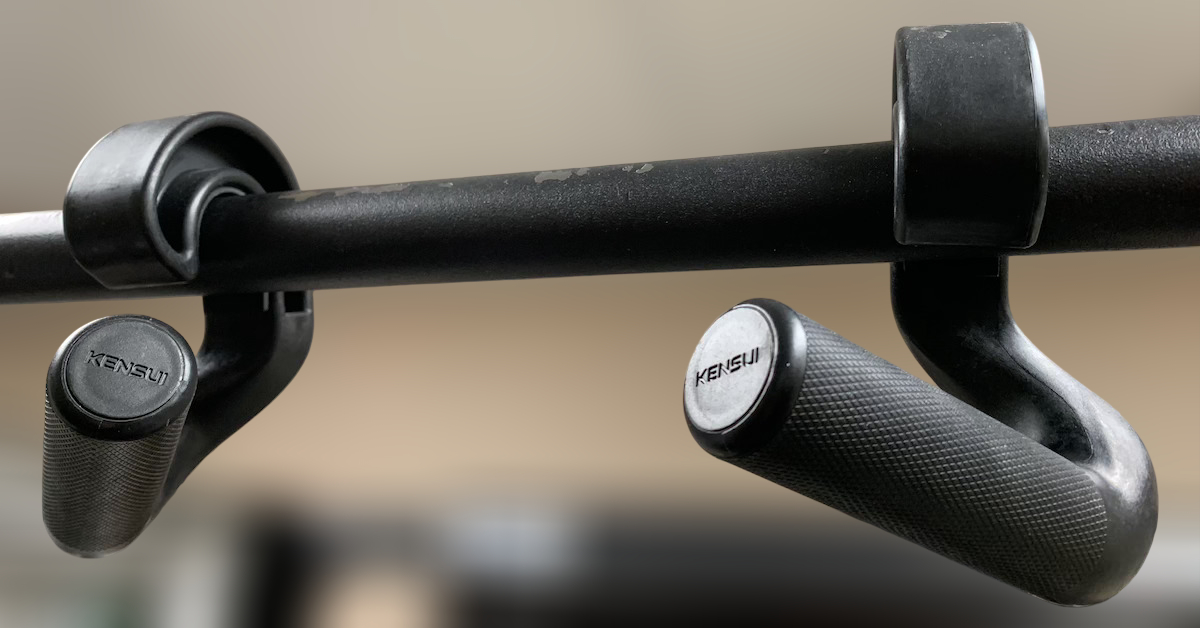Last week, I witnessed something remarkable while training my eldest client, who’s about to turn 90 in March. Her identical twin sister was visiting from out of town and decided to join our session. Despite having the same genetics, the difference between the two was striking—in strength, mobility, function, and even appearance.
My client moved with ease: performing whole-body dynamic stretches, high-rep full squats, and non-stop mini circuits of lateral raises, overhead presses, and curls with 8-pound dumbbells. She even got up and down off the floor effortlessly.
Her sister, by contrast, had to remain standing throughout the session. She could barely bend her knees or lift her arms overhead. The best she could manage were a few light movements using 1-pound ankle weights. She was noticeably frail, moved poorly, and frankly, looked significantly older.
But here’s the kicker: it wasn’t always like that. When I first met them both 20 years ago, the sister was actually the “fitter” one. She played tennis regularly, walked her dog every day, and was generally in good shape—but she didn’t train with weights.
As time passed, my client steadily gained strength and mobility, while her sister declined. Once again, I’ll emphasize what I’ve said many times before: walking is great for relieving stress, aiding recovery between workouts, and helping to regulate blood sugar after meals—but as a primary form of exercise, it’s not enough. You’ll get more from weights than aerobics, especially as you age.
Bottom Line
The aging process can be cruel if you don’t take action. There’s no better way to promote healthy, functional aging than with consistent weight training.

Upgrade Your Pull-Ups with Swissies-SP Handles
Pull-ups are one of the best exercises for building back and arm strength—but not all pull-up bars are created equal.

No Time to Walk After a Meal? Do This Instead!
By now, most people know that getting in daily steps is essential for overall health. In particular, taking a short

Stay Fit on the Fly: No-Excuse Workouts for Travelers
One of the biggest challenges people face when traveling is maintaining their exercise routine. The two most common excuses? Lack
follow
Error: No feed with the ID 2 found.
Please go to the Instagram Feed settings page to create a feed.
